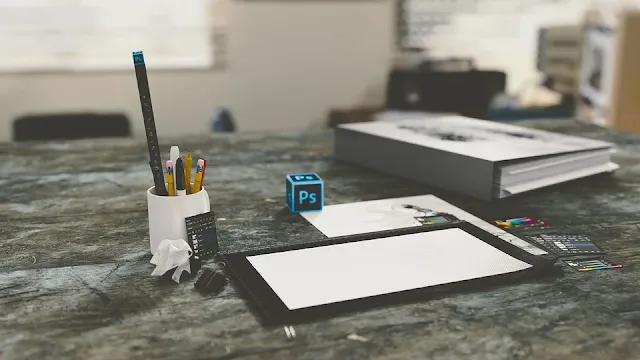Ad Code
Translate
Smart strategies for trading on crypto exchanges
October 20, 2025
Five Do’s For a Healthy Turnover That Bolsters Talent-Retention
October 20, 2025
What is Ozempic (semaglutide)? (Updated in 2025)
January 30, 2025
Discover Honeybee Pharmacy (2025 Guide Important Consumer Tips)
October 14, 2025
How To Find Suitable Properties In Cyprus?
October 20, 2025
Posture Bra: Improving Back Support and Comfort
October 20, 2025
10 Effective Strategies to Improve Domain Authority of Your Website
October 20, 2025
Technicalities - Product Requirements
Khabza Mkhize
February 10, 2024

Before moving to the last stage (Medical Product Design), businesses must create all design documents regarding the test, incorporate plans, develop the product, and integrate with medical product design. In collaboration with the manufacturing team, businesses must build prototypes and debug products to eliminate all problems and make them fully operational. Before designing, this process verifies the product meets all technical plan specifications.
Testing the Concept - Weekly Reporting
Similar to the 'New Product Development Process,' even medical product development requires testing the concept before moving on to the creation and development phase. You can do so by performing patent research or creating a functional testing design. However, suppose the functional design technical product manager regarding the product is unavailable or incomplete. In that case, you can recognize the desired product capabilities, presentation requirements, features, and functions to properly test the concept and carry out weekly reporting to remove any or all problems or issues.Monitor Progress - Business Assessment
The medical product development process involves assessing end-user needs and time-to-market requirements. Therefore, to ensure there are no mistakes, you need to monitor your progress throughout the process to clear out any possible issues. You can build a system of metrics, including input metrics (average time) and output metrics (product value, percentage of new product sales). By regularly monitoring progress, you can immediately detect potential problems.To meet codes of safety
which have characteristics needed for buildings. Typically, these products are used with more significant buildings and are a part of the needed windows. To meet codes of safety and proper comfort within the building, glass can be added to ensure high quality within the different rooms, specifically from the glass and windows.The glass that is built can add different technical specifications that protect
The first set of elements that are a part of the technical glass products are a part of the weather. The glass built can add different technical specifications that protect against other types of weather. Heat resistance is one of the main components, specifically the ability to keep the heat outside a building. Seals used with the glass also block other types of weather, such as a cold that may come into a building.Technicalities of glass should have protective coatings.
The different technical glass products match the safety needs of buildings. Typically, some codes are required to meet safety standards related to building regulations. This includes fire and impact safety, which is a part of the city standard. There are also levels of transparency required with the glass products to ensure safety inside a specific building, especially in more corporate areas. The technicalities of glass should have protective coatings and durable safety features against these different elements.Featured Post
DL Mining Launches Ethereum Contract Participation Service, Helping Users Earn $2K Stable Daily Returns
Zizo Gala-Mkhize-
October 20, 2025
Soapie Teasers
Sister Sites
Most Popular
List of 6,000+ Dofollow Commentluv Blogs FREE (Updated 2025)
January 16, 2025
Five Do’s For a Healthy Turnover That Bolsters Talent-Retention
October 20, 2025
How To Choose The Right Place For A Winter Campsite
March 06, 2023
Popular posts
List of 6,000+ Dofollow Commentluv Blogs FREE (Updated 2025)
January 16, 2025
What is Ozempic (semaglutide)? (Updated in 2025)
January 30, 2025
Five Do’s For a Healthy Turnover That Bolsters Talent-Retention
October 20, 2025
Footer Menu Widget
Created By Blogspot Theme | Distributed By Gooyaabi Templates

Social Plugin